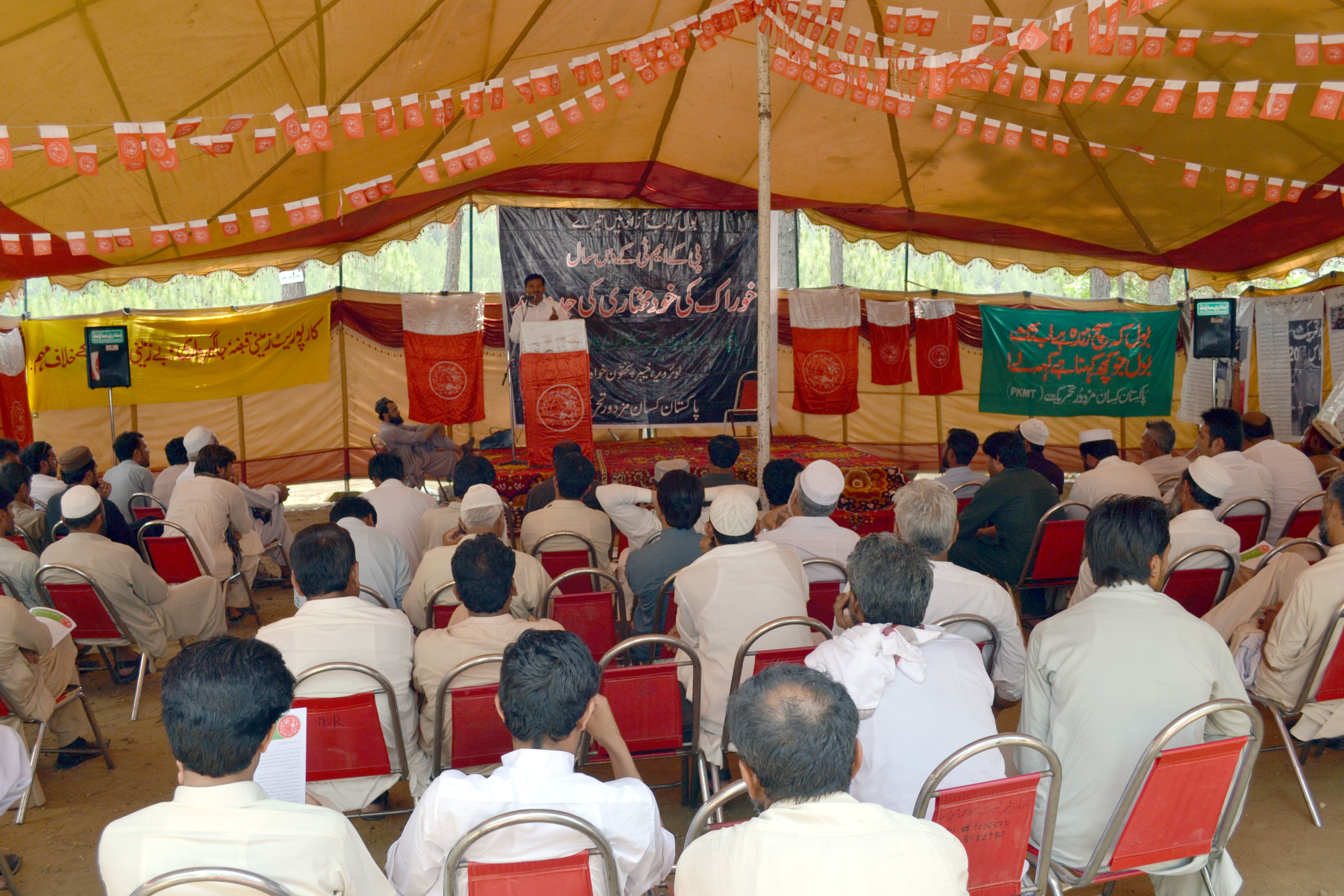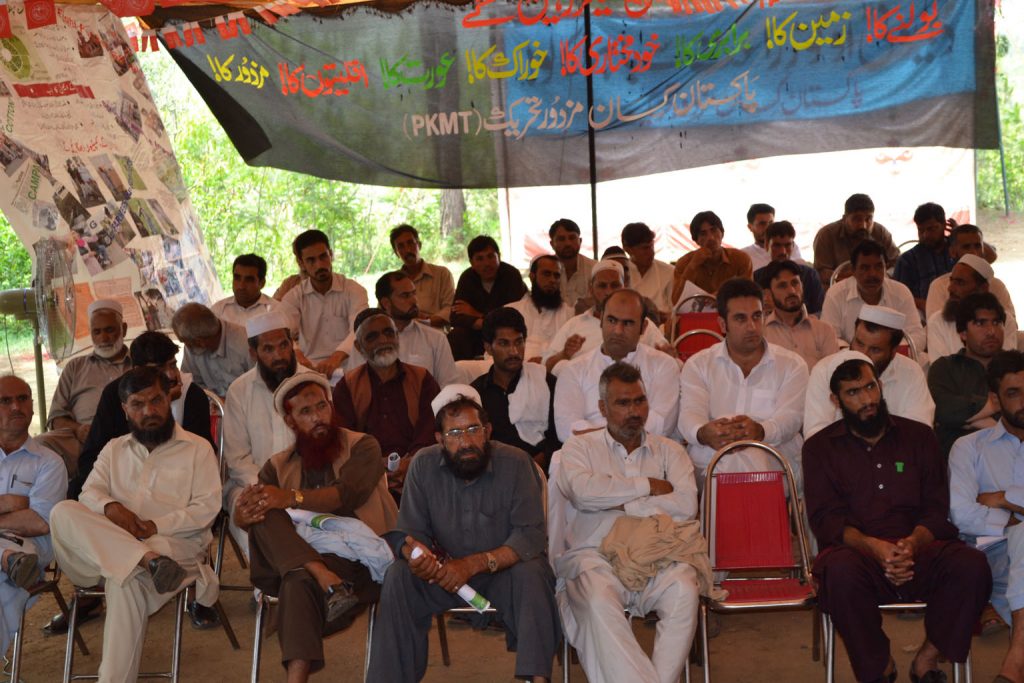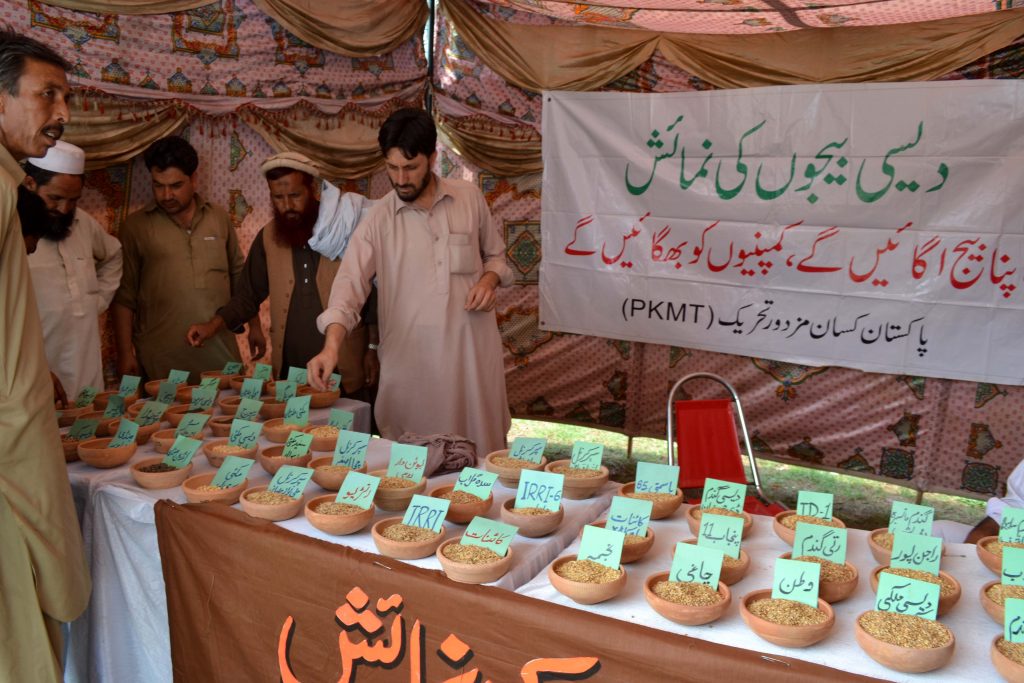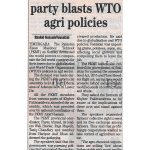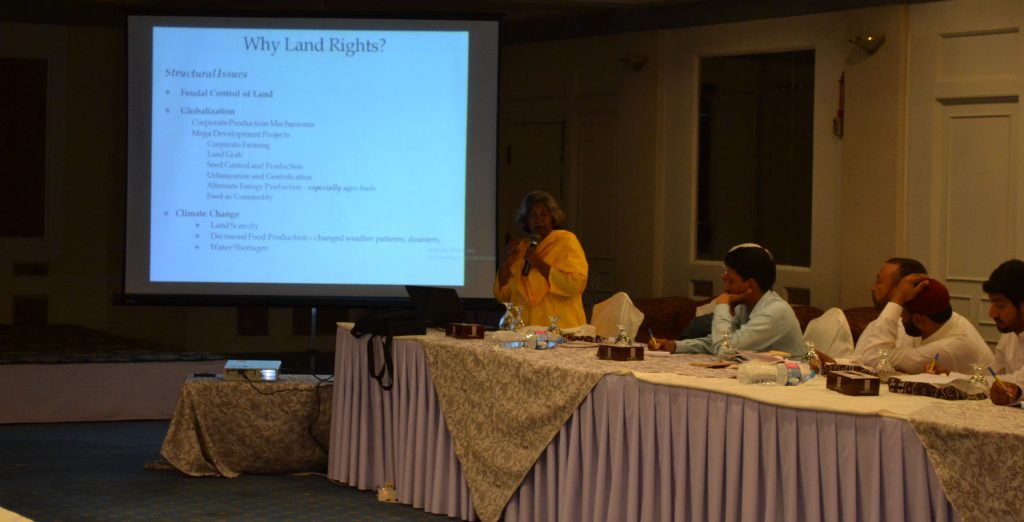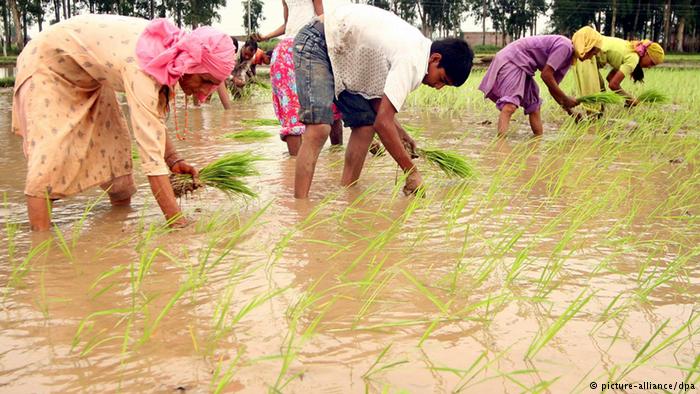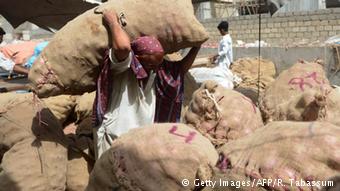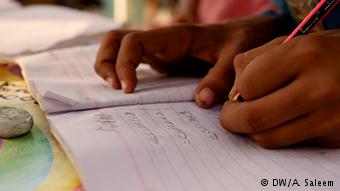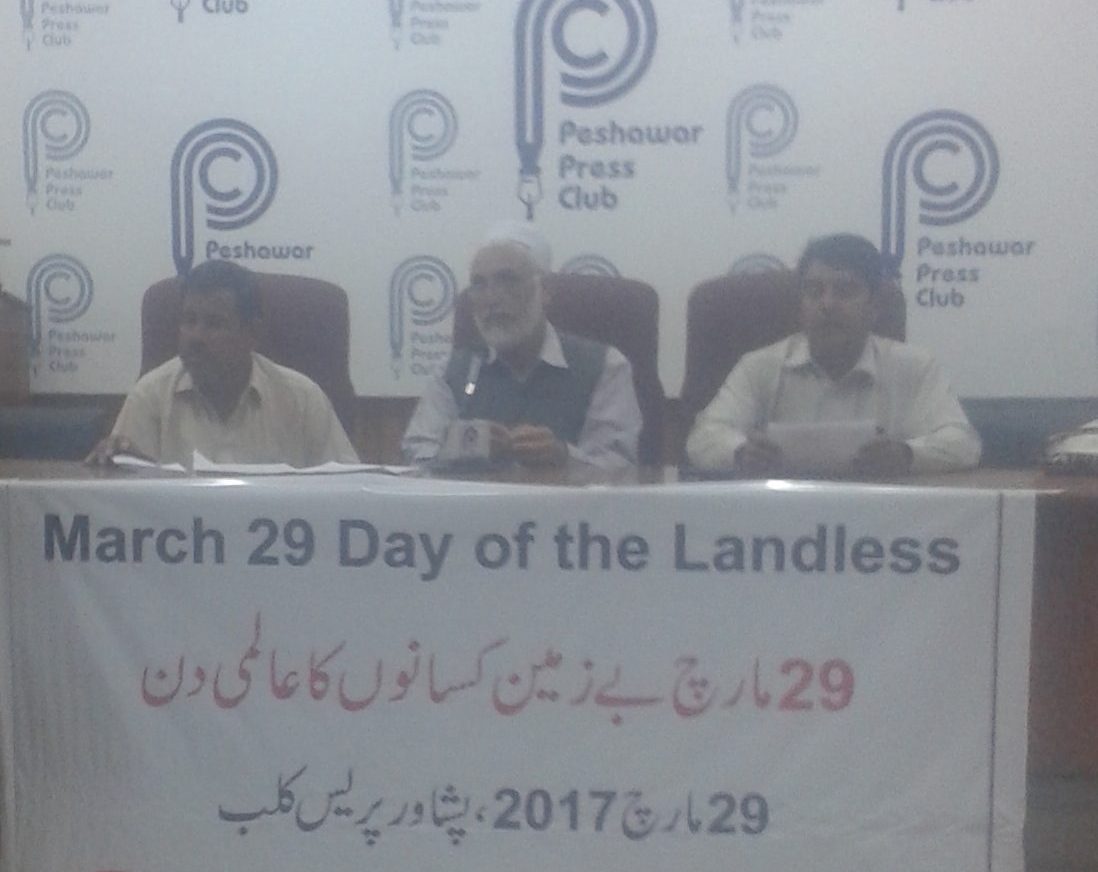Dawn, July 16th, 2017
Amin Ahmed
ISLAMABAD: Recommendations for the National Food Security Policy that seeks to achieve agricultural growth of four per cent per annum were finalised on Saturday for approval by the federal cabinet.
A group of experts met at the National Agricultural Research Centre (NARC) and finalised recommendations. These were incorporated in the draft of the national policy that was released and discussed at a national-level workshop held in Islamabad early this week.
All stakeholders, including the private sector, agriculture-related agencies at the federal and provincial levels, scientists, researchers and representatives of donor countries, participated in the one-day national conference.
Food insecurity in Pakistan is mainly driven by poverty. This is especially evident in rural areas. With a high rural population, agriculture still contributes around 19.5pc to GDP. About 42pc of the labour force is engaged in agriculture. Growth in this sector has to be a goal of the policy, experts said.
The new policy has 16 elements, which include special programmes for reducing poverty and hunger, bridging the yield gaps, ensuring farm profitability, augmenting the existing water resource base by promoting efficient use through alternative energy, developing hybrid seeds, providing incentives for food processing and value addition under public-private partnership arrangements, developing efficient farm mechanisation and processing technologies to reduce the cost of production, and enacting food safety regulatory laws.
The policy also includes the development of nine agricultural corridors under the China-Pakistan Economic Corridor (CPEC) for agro-based industries.
The nine zones, which will be set up in collaboration with China, will help achieve food sovereignty, benefit farmers and rural communities, improve yields, conserve biodiversity, and ensure soil health, cleaner water and resilient food systems.
Commenting on the policy, Country Representative of the Food and Agriculture Organisation (FAO) of the United Nations said the policy represents an important milestone for Pakistan. “We are satisfied that the policy addresses four dimensions of food security, which are food availability, accessibility, utilisation and stability.”
It is time to move towards the implementation of specific strategies and action plans that respond to the needs of the provinces, she said.
The establishment of a federal government-led data collection process for food and nutrition security indicators has been recommended with a view to strengthen a food security information system.
The imposition of a research levy has been recommended to fund services of particular help to small farmers, such as farmer field schools and mobile applications with information on weather patterns and crop pests and diseases.
The policy recommends utilising the government’s social protection, subsidies and procurement programmes in rural areas in a way that smaller farmers can be lifted out of poverty.
Incentives have been proposed for continued and socially responsible private-sector investment in the subsectors of agriculture for the promotion of value chain and food systems, such as dairy, livestock and horticulture.
Experts recommended support for growth in the provision of independent, private-sector extension services to vulnerable farmers. This was particularly needed in the area of plant and animal pests and diseases.
Experts recommended the effective implementation of land tenancy laws that would reform land inheritance, buying and selling laws, and steps towards redistribution of agricultural land through provision of opportunities for landless farmers.
Experts recommended food security policy measures to tackle the challenges of climate change and unsustainable resources, including support for the adoption and application of efficient irrigation technologies, modern irrigation infrastructure, rainwater harvesting, early-warning systems for extreme climate events, import of genetic resources to improve indigenous breeds and varieties to suit climatic conditions, soil amelioration and conservation technologies.

